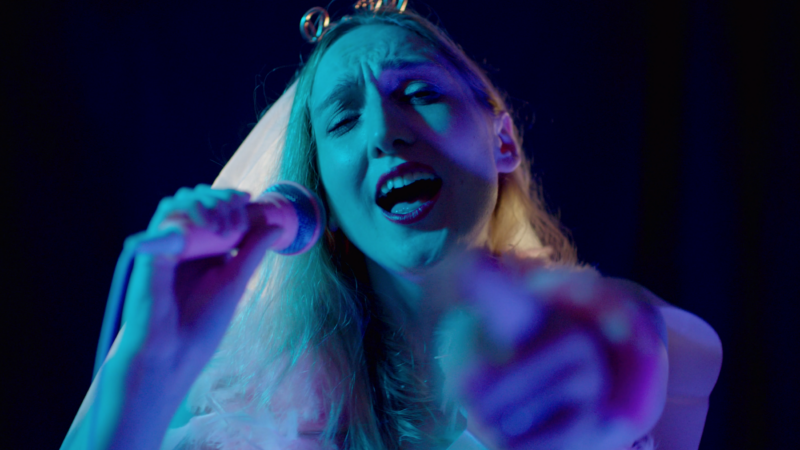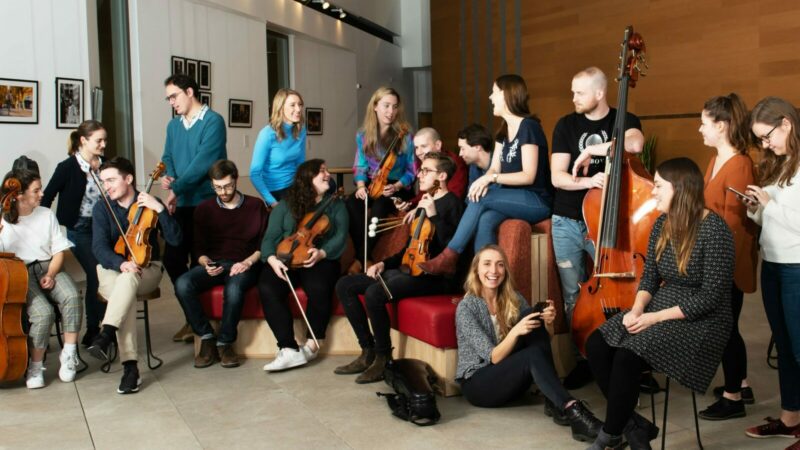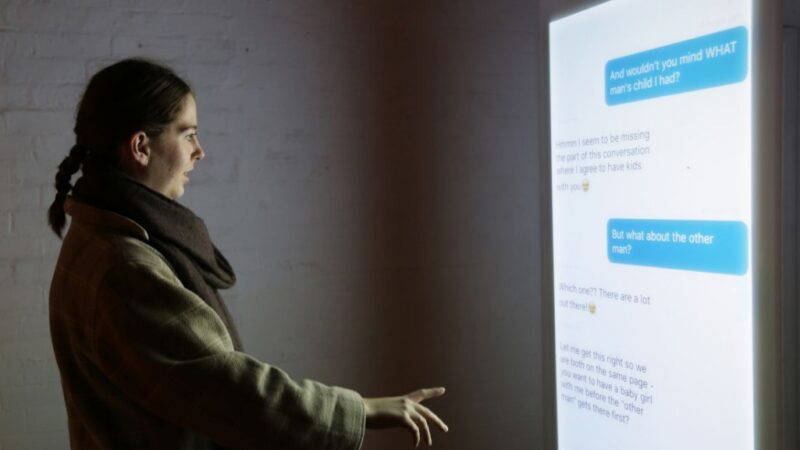Digital rights expert Ben Green explains how the law is catching up with digital technology, and what arts organisations need to think about before embarking on publication of a digital project.
What are digital rights?
“Digital rights” is a phrase that’s grown up over time, and it covers the rights within and across digital/online distribution. So essentially the right to publish a digital copy of something, whether that’s online, via mobile or on DVD or CD.. You can also protect that digital copy by putting ‘digital rights management’ (or ‘DRM’) technology on top of it. That could be, for example, to stop people copying it, viewing it in a different territory, or not being available after a certain period of time.
The intellectual property or copyright definitions of all artworks are covered under the UK Copyright Designs and Patents Act of 1988,. It covers all artistic contributions to any performance/artwork across all arts genres including theatre, dance, opera, music, literature and fine art..
These ‘underlying’ rights remain integral to the artistic work/performance when it is digitally recorded and must be secured by your organisation in order to publish/distribute the work. The rights to publish the recorded work are sometimes described as ‘distribution rights’..
Where should I start?
Recorded digital works have an ongoing life and can be distributed via many different platforms/formats, this usage is referred to as ‘ongoing or secondary use rights and are entirely separate to any live performance rights that may be been secured. You need to consider well in advance how you are planning to distribute the work beyond the live presentation. This may be a simple as a free to air live stream via an organisation’s own YouTube or Facebook page or it may include a publication plan to broadcast, release in cinema, on DVD, VOD (video on demand), or DTO (download to own).
The first thing you need to do is to establish where the work will be published and whether or not this publication involves a commercial transaction where the organisation or its distribution partners will be receiving payment for the digital artwork. In order to distribute the work on these various platforms, the organisation needs to ensure it has put in place the correct rights, or ‘clearances’ in the created work – if it puts that work online or distributes it without those clearances, there is a legal risk of a claim (it may well have infringed another party’s rights). When appropriate, the rights owner may receive additional fees or royalties for those different uses or platforms.
There are some national recording agreements already in place with rights bodies including MU (The Musicians’ Union), Equity, UK Writer’s Guild and PRS but these tend to cover recording for standard broadcast and cinema.
Who are the rights holders?
What kind of artistic contributions may be subject to underlying rights?:
- Any artist who has contributed to the creation of the recorded work whether or not they appear in vision. So dancers, actors, musicians, designers (sound, costume, set, visual fx), composers, visual artists, choreographers, conductors, stage managers, writers, directors.
- Any third party artist whose copyright is included in the recorded work – does if reference (or is an adaptatation of) an underlying work like a book or poem, does it feature or reference other artworks, photographs, archive footage.
- Any existing copyright music: either an existing recording or live music based on a previously published musical work. For example, If a dance company wanted to use a David Bowie track, they would need permission to use that commercial sound recording in the live performance, but would then need to seek entirely separate permission to record and distribute it online. (And just because permission has been granted by the rights holder to include the music in a live performance does NOT mean that permission can or will be granted to its inclusion in a recorded work as these rights may have already been licensed elsewhere in connection with another recording). Music is fiendishly complex.
Common terminology and definitions for digital rights
The Space has worked with arts and cultural organisations, rights representatives, talent unions and digital rights expert Ben Green to develop a Digital Rights Code of Practice, designed to help the arts sector navigate the evolving digital distribution environment. Find out about the agreed common terminology and example definitions, in the ‘lexicon’ of different digital uses and rights, which has now been signed off by all of the major rights holders. We hope that this will make the contracting of contributors, creators and rights-holders easier for everybody.
Read our digital rights handbook here.
Ben Green is the founder and Director of Ben Green Associates, a company focused on digital rights strategy, negotiation and management. He was previously Head of Rights Business Development at the BBC, and has worked with organisations including the V&A, Tate Britain and the British Museum. He was speaking to Eleanor Turney.
How useful was this resource?




